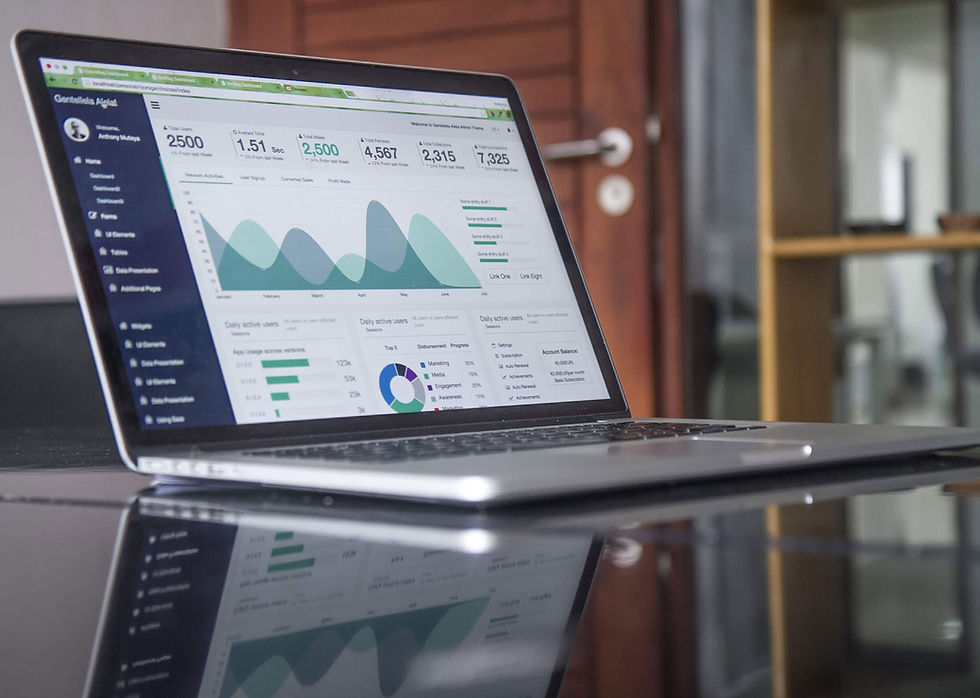Australia’s New Navy: 5 facts and figures to know about
- Marius Mariton
- Feb 23, 2024
- 2 min read
Updated: Mar 5, 2024
11 Combat Ships
The Royal Australian Navy (RAN) is getting an upgrade. Currently, it is made of 11 combat ships complemented by patrol boats.
But the government felt the need to strengthen the country’s maritime forces; in the face of China’s demonstrations of strength in the Pacific region, the many oceans that border the country, and a need for warfare modernisation.
The Australian Navy uses boats to secure shipping routes and patrol Australia’s shores, notably north of the country.
From 11 to 26
Between now and the 2030’s the government plans to increase combat ships numbers from 11 to 26.
Among those twenty-six, six new Hunter frigates are in the making. These anti-submarines surface warships should be complemented by 11 smaller frigates.
Further, the three Hobart class Air Warfare destroyers (AWD) of the current fleet will be upgraded by 2025. Building a more impactful weapons system and with a capability of engaging longer distances.
Build in Australia and also overseas.
The Hunter frigates will be built at the Osborne shipyards in SA. But a shortage of skilled personnel appears to be a real concern. One expressed by the state’s premier himself. This is why plans to acquire 11 smaller frigates are being processed, notably finalising how many would be build overseas (at least 3 according to the ABC, while others are due to be WA-build).
Regarding foreign build vessels, different models are being investigated with German constructor Thyssenkrupp and the Japanese Mitsubishi Heavy Industries in the line-up.
Robots?
Towards modernisation, the RAN is also considering “unmanned” (robotised) vessels. Australia will work with the US navy to consider options regarding acquisition of their “Large Optionally Crewed Surface Vessels” (LOSVs).
As the Americans don’t have them in operation yet, this project remains to be concretised some time away.
$54 billion
Costs for this modernisation project have skyrocketed. In part due to the fact this military strengthening has become more comprehensive than planned. Costs started at $35 billion in 2018 and are now forecasted at around $54 billion.
Defence spending should consequently reach 2.4% of GDP in the early 2030’s.






Comments